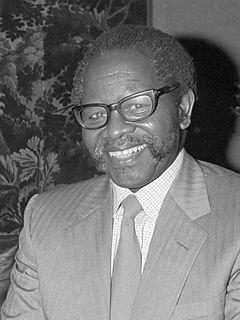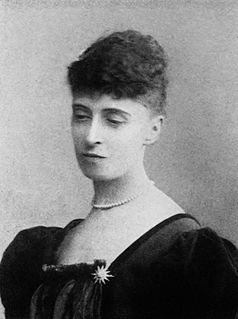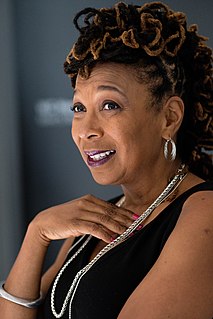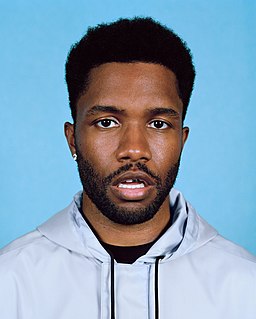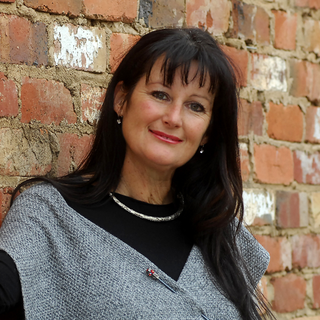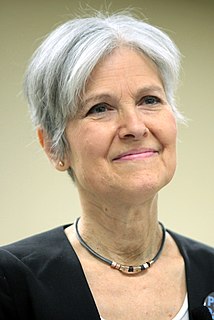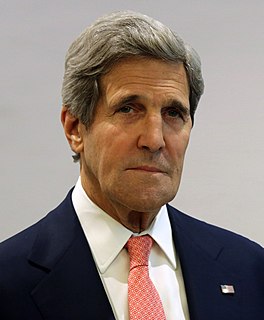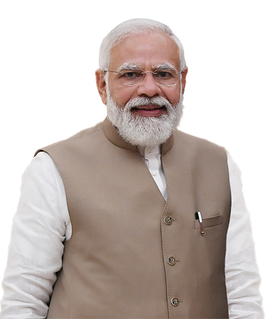A Quote by Oliver Tambo
We had to forge an alliance of strength based not on colour but on commitment to the total abolition of apartheid and oppression; we would seek allies, of whatever colour, as long as they were totally agreed on our liberation aims.
Related Quotes
If the image was sketched onto the canvas and spontaneously drawn, colour would often be restrained and unfree... The most important and the most difficult liberation process we went trough, the one that has distinguished our art, was the freeing of colour, the transition to a painterly spontaneity.
The first colour charts were unsystematic. They were based directly on commercial colour samples. They were still related to Pop Art. In the canvases that followed, the colours were chosen arbitrarily and drawn by chance. Then, 180 tones were mixed according to a given system and drawn by chance to make four variations of 180 tones. But after that the number 180 seemed too arbitrary to me, so I developed a system based on a number of rigorously defined tones and proportions.
The prejudice many photographers have against colour photography comes from not thinking of colour as form. You can say things with colour that can't be said in black and white... Those who say that colour will eventually replace black and white are talking nonsense. The two do not compete with each other. They are different means to different ends.
[Malcolm Fraser] went straight from Melbourne Grammar to Oxford. And he would have been a very lonely person, and I think he probably met a lot of black students there who were also probably lonely. I think he formed friendships with them, which established his judgement about the question of colour. That’s my theory. I don’t know whether it’s right or not, but that’s what I always respected about Malcolm. He was absolutely, totally impeccable on the question of race and colour.
